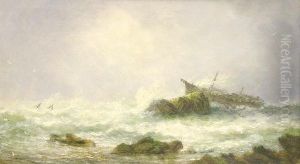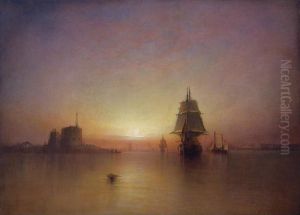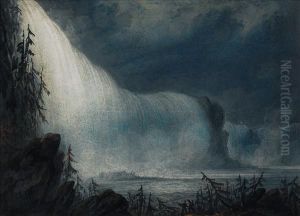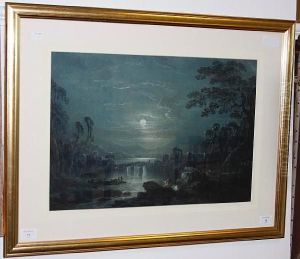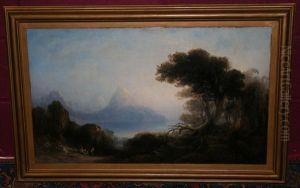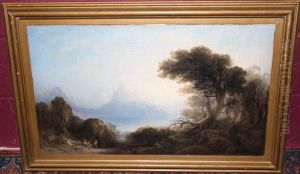Thomas Gray Hart Paintings
Thomas Gray Hart was an American artist known for his contributions to the early 20th-century American art scene. Born in 1879, Hart's lifespan saw significant changes in the world of art, as it transitioned from the late Impressionist period into Modernism and beyond. Despite not being as widely recognized as some of his contemporaries, Hart's work provides a unique insight into the American artistic landscape of his time, characterized by a keen observation of daily life and a distinctive use of color and form.
Hart's early years were marked by a traditional education in the arts, where he honed his skills in drawing and painting. He was deeply influenced by the Impressionist movement, which was evident in his early works. These pieces often focused on landscapes and urban scenes, capturing the transient effects of light with a soft, yet vibrant, color palette. As he matured as an artist, Hart began to experiment with more abstract forms, reflecting the broader shifts in American and European art circles.
Throughout his career, Hart remained somewhat of an outsider, never fully aligning with any one art movement. This independence allowed him to explore a variety of subjects and techniques, from portraits and still lifes to more experimental abstract compositions. Despite his talent and the quality of his work, Hart did not achieve the same level of fame as some of his peers. However, his contributions to American art have been reassessed in recent years, with critics and historians acknowledging the subtle complexity and beauty of his work.
Hart's legacy is that of an artist committed to his vision, regardless of prevailing trends. His body of work reflects a deep engagement with the visual world, an enduring curiosity, and a willingness to evolve. Thomas Gray Hart passed away in 1972, leaving behind a diverse and rich portfolio that continues to captivate art lovers and collectors. His paintings, often imbued with a sense of tranquility and introspection, serve as a testament to his skill and unique perspective on the American landscape and its inhabitants.
